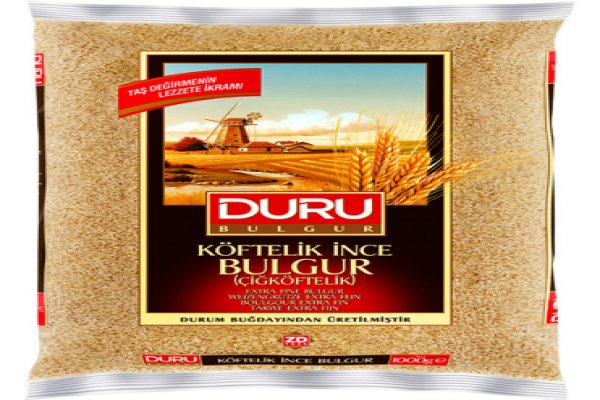Bulgur

All you need to know about bulgur
Bulgur is obtained by unusual treatment from several different types of wheat, most commonly from durum wheat. It is obtained by the process of dipping the wheat, then it dries and so dried it breaks into very small or slightly larger pieces of brown granules of irregular shape. Bulgur is already partially cooked cereal and therefore the cooking time of the product thus obtained is short.
In the production of bulgur, wheat grain is used almost completely, only a small part of the shell is removed (about 5%). The grain covers contain most of the nutrients, making it a healthier choice of white rice, pasta or other products made from white flour.
Preparation
Bulgur can be different sizes, which also affects the time of cooking.
The most instructions on the Internet are that on the 1 cup, goes 2.5 cups of cold water and little salt, and then cook for on a low fire for about 10 minutes. Remove the rest of water and you can add bulgur to any type of food.
The other way is identical to preparation of couscous and involves watering the bulgur and leaving to stay like that 20 - 25 minutes. Filter excess water. You can add olive oil and a little apple vinegar, or some other combination that suits you.
This is ideal food and easy digestive healthy food, so I recommend this for keeping a healthy clubbing.
After weekends, after sleepless nights, with techno and dancing, not regular meals, bulgur is phenomenal.
The third way is to sprinkle a small piece of garlic or onion, whatever you like, little bit of butter or olive oil. When it starts to smell, but before it darkens, add a bulgur. Stir the bulgur to be completely covered with oil. Mix for a minute or two, dip and then add boiling water or soup. Stir and leave it until bulgur is cooked swells and becomes softens. Remove from fire and cover it for 10 minutes, filter excess water and stir the grain with a fork or wands. Add chopped parsley or coriander, or any of your favorite combination of flavors.
However, in the end, I do think there is a not proper way to cook the bulgur. Do it like you prefer the most :)
Bulgur can be used as an addition to various types of cooked meals and is ideal for salads.
One of the most famous salads is tabbouleh, based on fresh parsley, mint and finely chopped tomatoes. You can also make some hot or cold salad, adding to bulgur chopped nuts and dry fruit.
Energy and nutritional value of bulgur
The energy value of 100 g bulgur is:
- 342 kcal / 1431 kJ
- 76% carbohydrates, 12.3% protein and 1.3% fat.
Minerals: calcium, iron, magnesium, phosphorus, zinc, copper and manganese.
Vitamins: thiamine, riboflavin, niacin, pantothenic acid and vitamin B6
It also contains fibers and phytochemicals lutein + zeaxanthin
